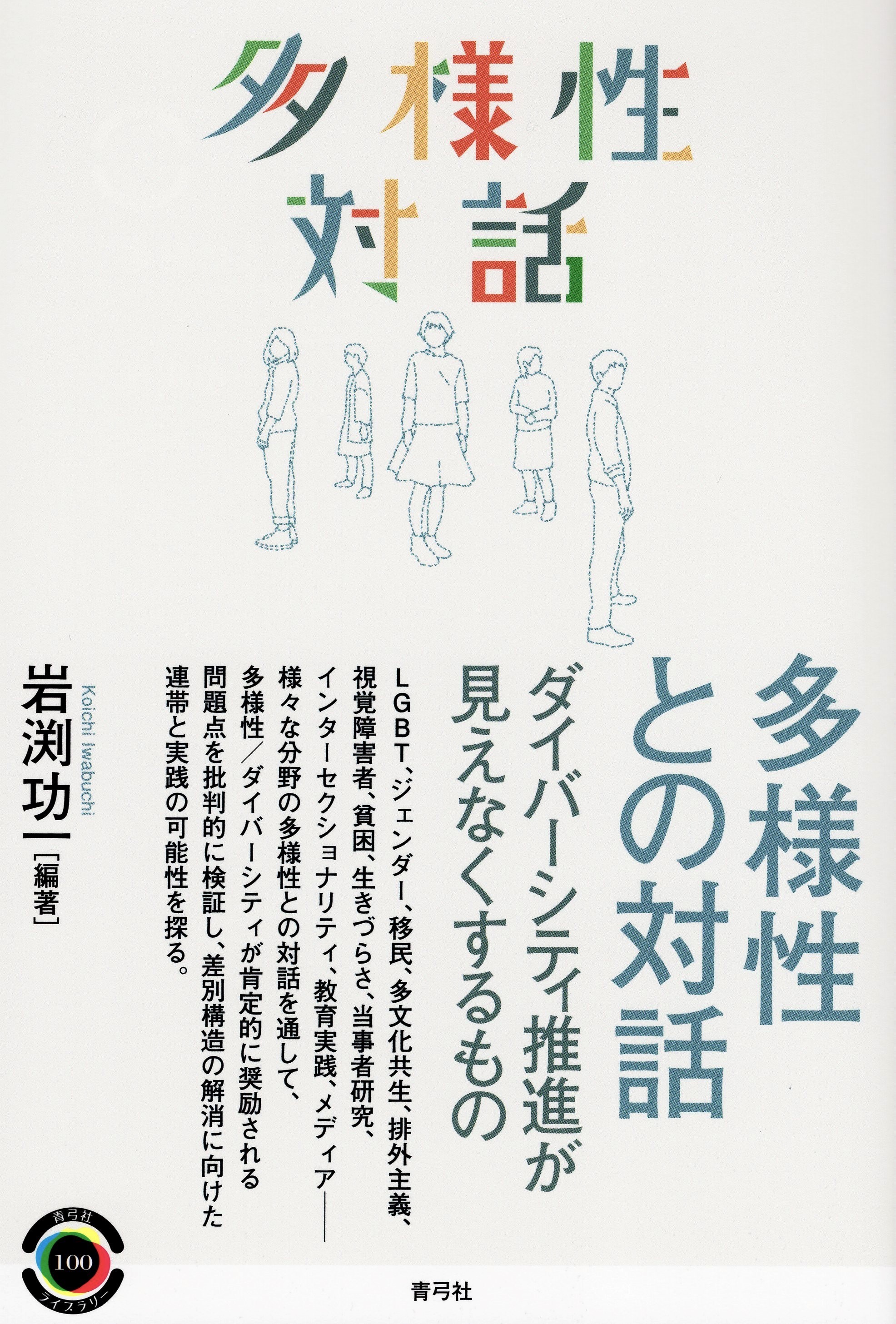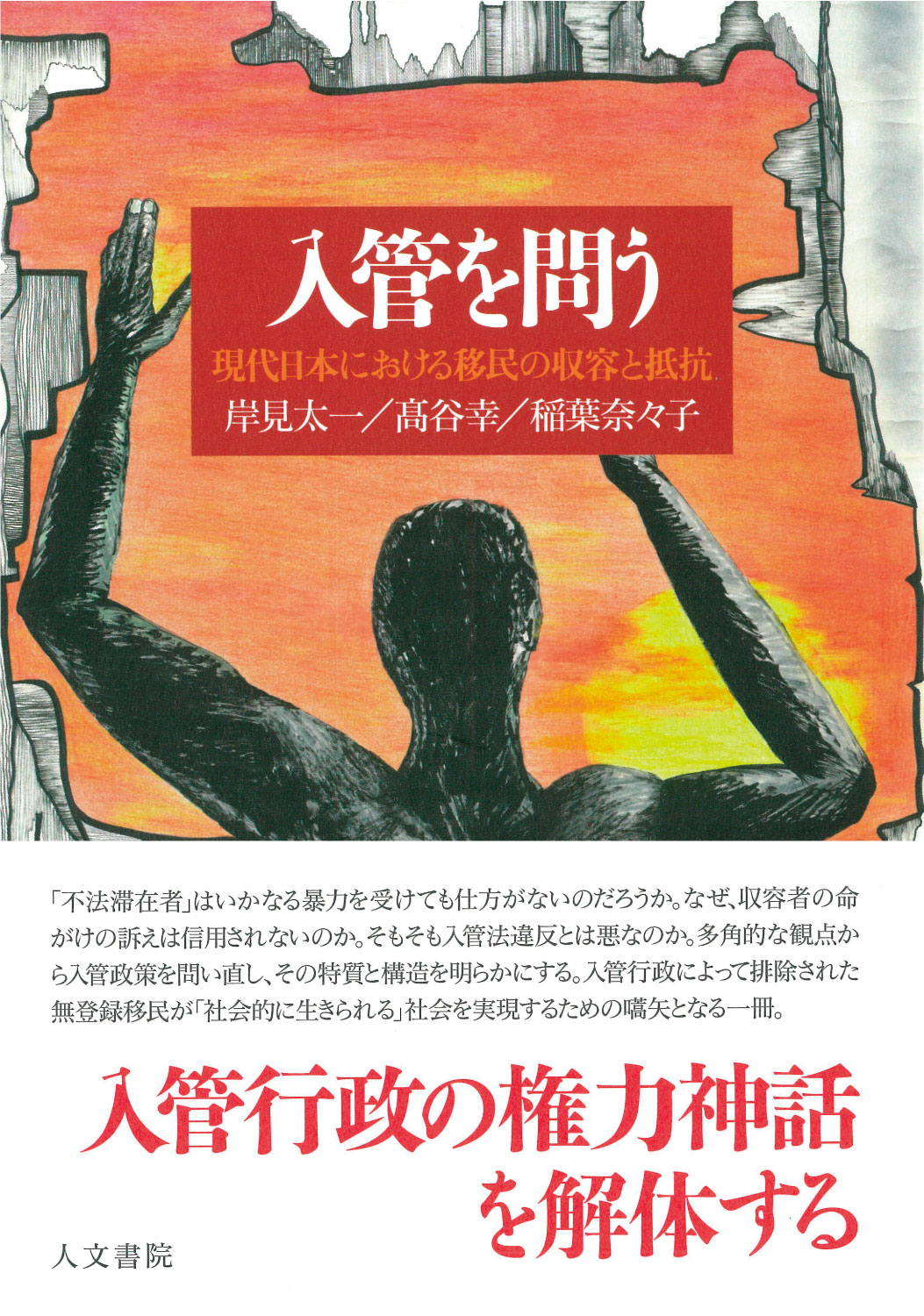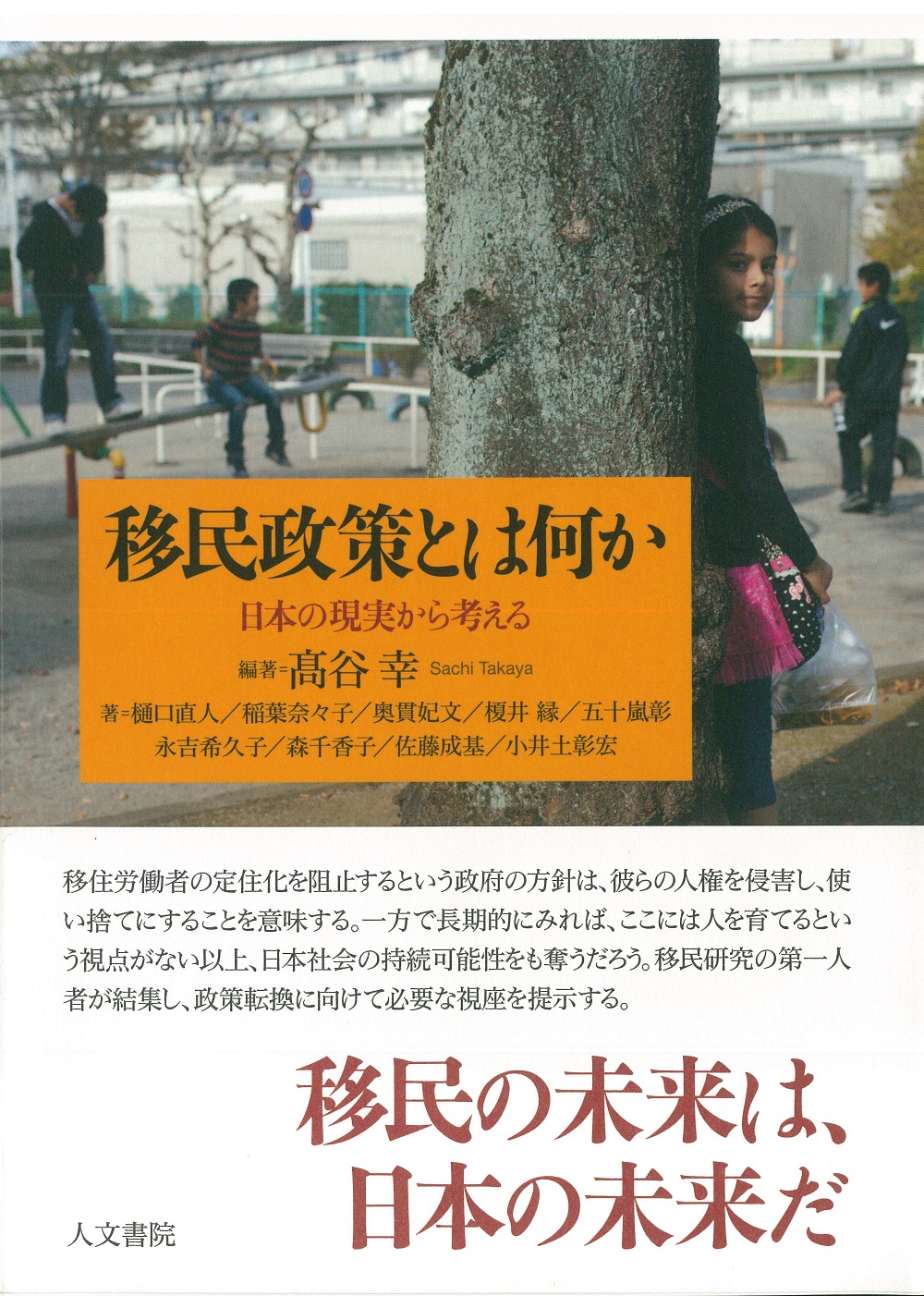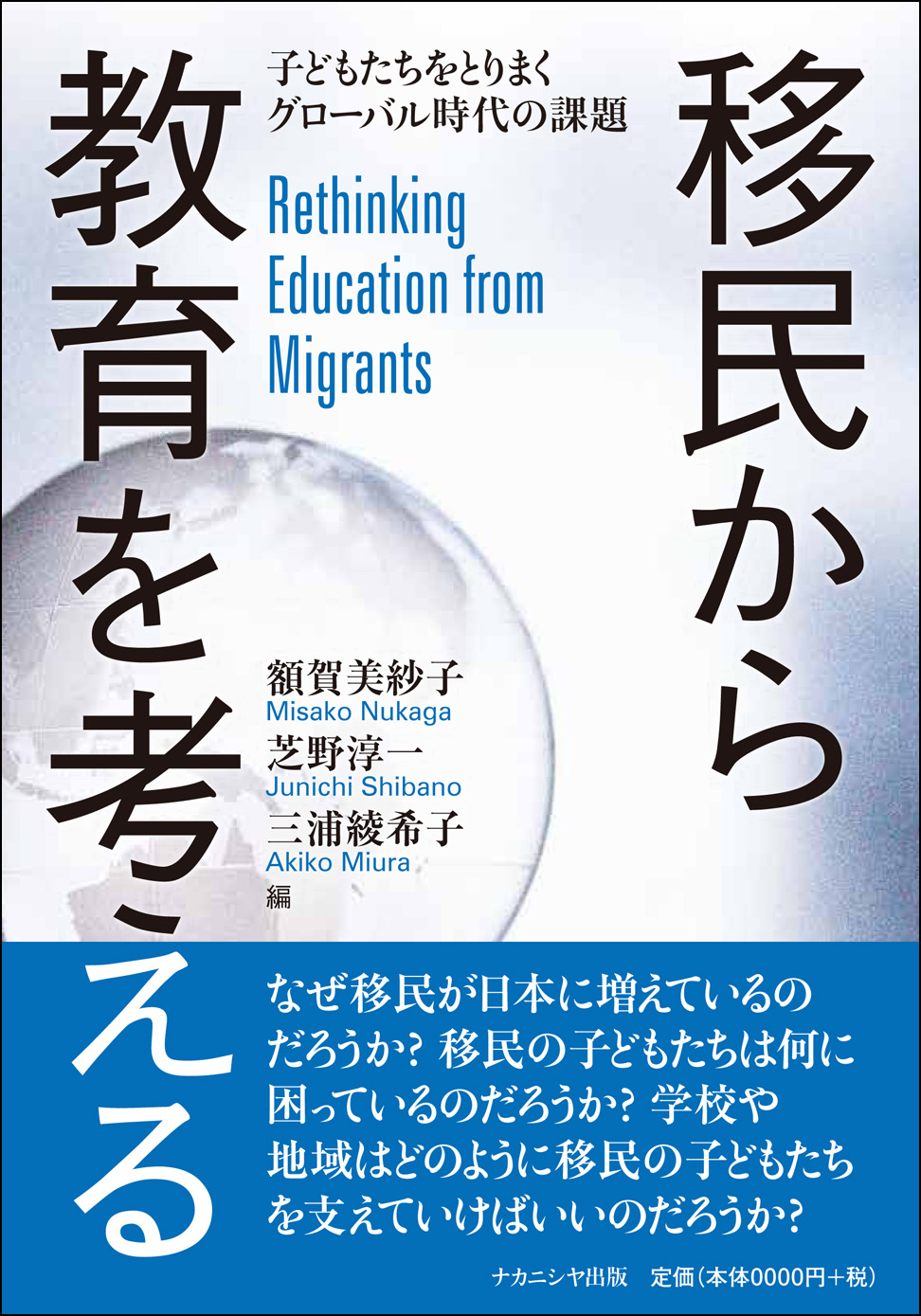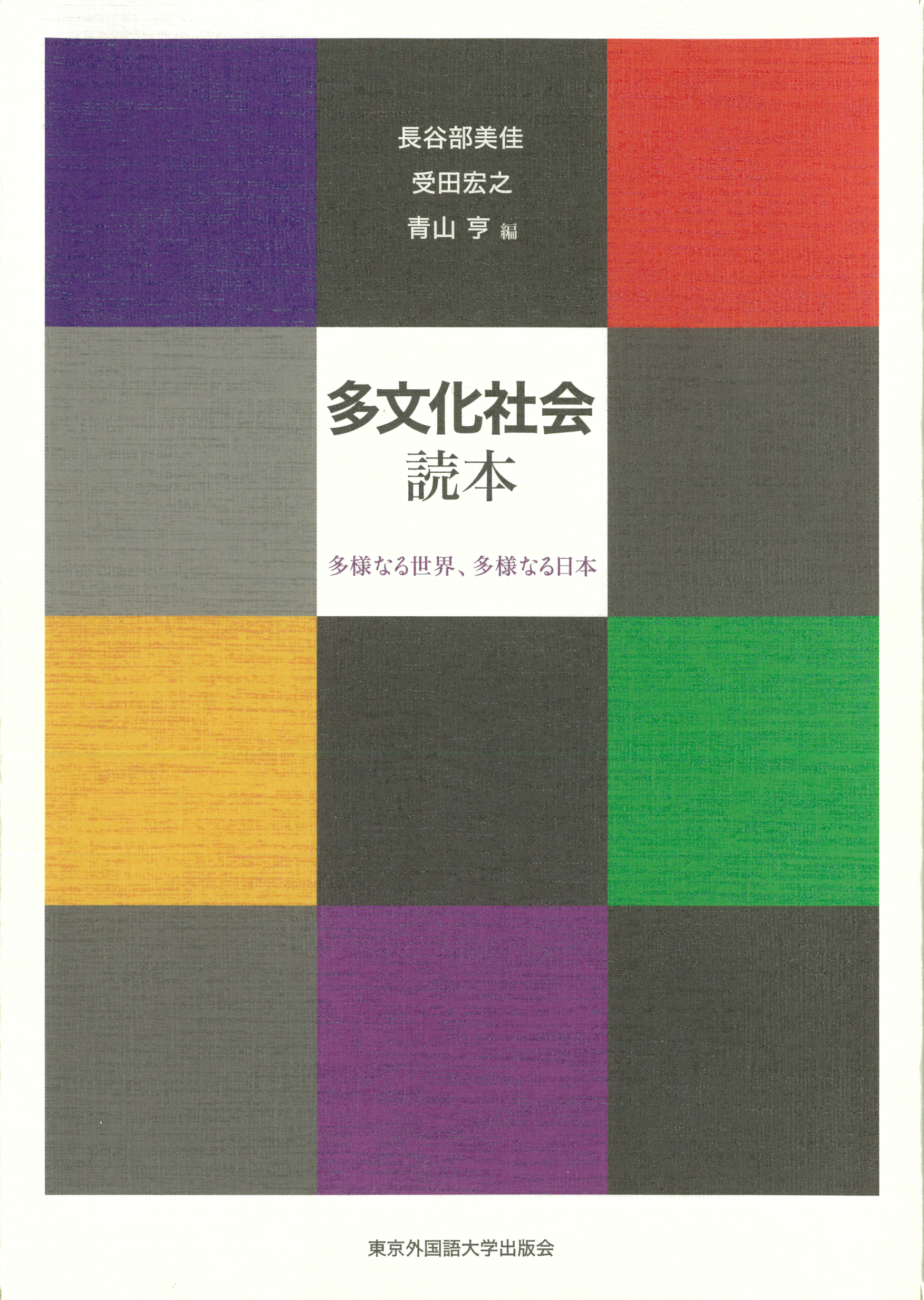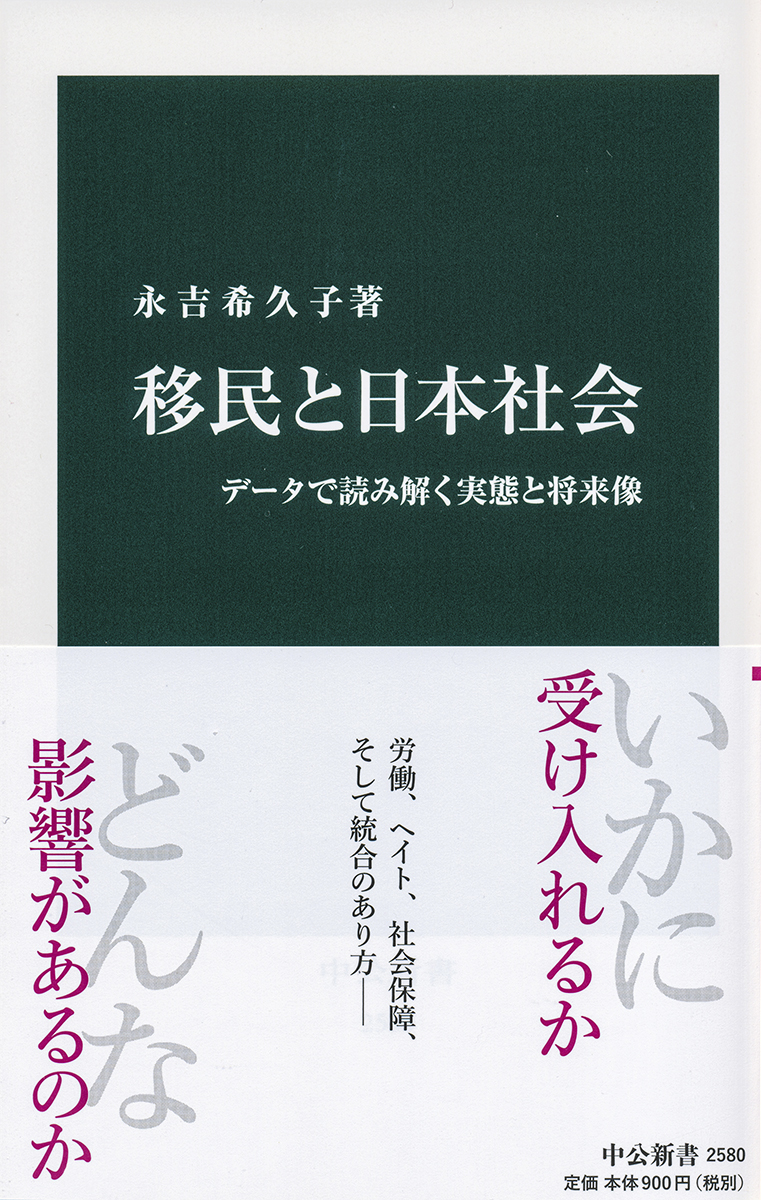
Title
Tabunka Kyosei no Jikkenshitu (Laboratory for Tabunka-Kyosei - Osaka as a Case Study)
Size
304 pages, A5 format, softcover
Language
Japanese
Released
March 28, 2022
ISBN
978-4-7872-3504-6
Published by
Seikyusha
Book Info
See Book Availability at Library
Japanese Page
In Japan, the term tabunka-kyosei [multicultural coexistence] has been applied to visions and practices related to migrants and ethnic minorities. The term first emerged in the context of grassroots activities related to the Great Hanshin Earthquake of 1995. Since the Ministry of Internal Affairs and Communications (MIC) published its “Policy Guidelines for Promoting Tabunka-Kyosei in Local Communities” in 2006, the term has seen increasing use in policies at local levels. Since 2018, the national government has formulated various policies under the umbrella of “Comprehensive Measures for the Acceptance and Coexistence of Foreign Nationals.” As can be seen from the fact that these measures include a wide range of policies related to foreign nationals, “(multicultural) kyosei [coexistence].” policies have become almost synonymous with policies regarding foreign nationals.
Initially, however, the vision for tabunka-kyosei was formulated within the minority movement in the Kansai region with anti-discrimination and human rights as underlying counter-principles to frame foreign residents as “members of the local community” and to promote their “participation in society.” Nevertheless, as the term tabunka-kyosei has spread to the national level, it has become increasingly divorced from these underlying principles and connotations of opposition.
Given the current inadequacy of migrant integration policies in Japan and the structural inequalities facing minorities including migrants, there is an urgent need to envision a just society in which diverse people can develop equal social relationships. Considering these challenges, there is much to be learned from re-examining the development of activism by and for minorities in the Kansai region and especially Osaka, which gave birth to the idea of tabunka-kyosei. This is because, although diverse minorities have historically lived close together in Osaka, activities to protect the rights and dignity of minorities, which started in the 1960s, have been overlooked as being unique to Osaka and are rarely considered in discussions on tabunka-kyosei.
This book examines the historical background and present-day development of policies and grassroots activism related to minorities in Osaka. Specifically, it sheds light on educational initiatives, systems, practices, and practitioners engaged in supporting ethnic minorities. The topics examined include public education efforts such as ethnic classes to promote mother tongue and culture while providing career support, the implementation and accumulation of social integration education (dowa education), movements to protect the rights of ethnic minorities, support for foreign residents, and measures to combat hate speech. The book reframes these practices as efforts to achieve kyosei based on the anti-discrimination and human rights as counter-principles.
At the same time, the book touches on problems related to kyosei in Osaka, such as the discriminatory aspects of Osaka’s recent policies toward ethnic minorities. In so doing, the book provides a vantagepoint for critically examining the promotion of tabunka-kyosei at the national level based on the various experiences of Osaka, which can be called a “laboratory for tabunka-kyosei.”
(Written by TAKAYA Sachi, Associate Professor, Graduate School of Humanities and Sociology / 2023)



 Find a book
Find a book


